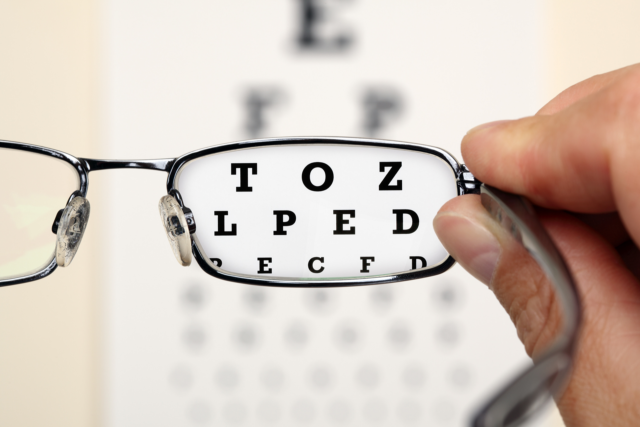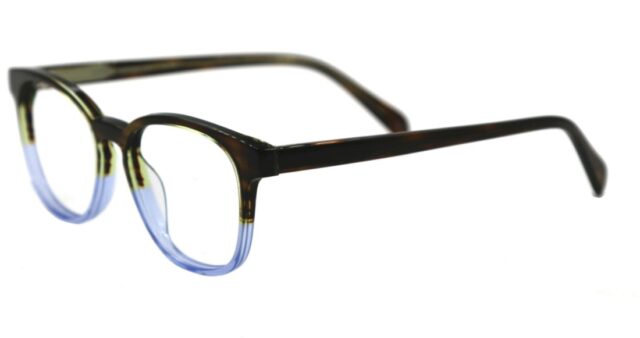
Human eyes are resilient and complex, but they won’t retain their youthful effectiveness forever. Over time, eye health does break down; and fixing it can be quite expensive. Without proper insurance, laser surgery, cataract surgery, and other therapeutic options can clean out your savings. Even with insurance, you may have some hefty bills to pay.
Coinsurance is a term which relates to the amount the insured party is “on the hook for”. So say you’ve got a coinsurance rate of 20%. That means if you had a $10,000 bill, you would pay $2,000 of it, and your insurance company would cover the other 80%; which is in this scenario $8,000.
The thing is, sometimes that which you absolutely need won’t be covered. For example, though bad vision may predicate some sort of laser corrective surgery, you may not be covered for this procedure as your insurance provider lists it as an elective procedure. Whether or not such surgery is elective may depend on your provider.
No insurance group is made equal, so you need to explore the fine print on whatever option you’re considering. That said, there are specific options for ocular health. Especially if you’ve got pre-existing conditions, you want to look into providers structuring their business model around your needs. With that in mind, consider the following tips.
1. Explore Non-Traditional Options And Employer Insurance

First, don’t limit yourself to traditional options. This isn’t always the case, but generally, when it comes to government solutions like medicare, medicaid, CHIP, or the infamous “Affordable Care Act”, you’re not going to find as comprehensive solutions as private options. However, that also isn’t something set in stone.
For example, HMO plans limit the coverage you’re able to use to a specific set of providers in your area. If you’re in a remote location, the right sort of ocular specialist may not be included in that HMO. So there isn’t really a one-size-fits-all option in that respect. Here’s what you’re going to want to do: look at everything on the table.
Make a cost-benefit analysis of the options that are most well-known, those that are available under public provisions, those for which you qualify in that regard, private options, and non-traditional solutions. For health insurance, Medi-Share provides an alternative to traditional insurance; but they may not be the best choice for vision. Carefully explore all alternatives.
Employers can provide some of the most comprehensive options out there. But be careful. Some employers act like they’ve got you covered, and really you end up paying more than 50% of associated costs. This is especially the case with telesales operations. They try to pull you in with “benefit” packages that are just discounts; and not too substantial ones at that.
2. Seek Consultation – Friends, Family, Coworkers, And Programs

There’s an old saying to consider here: when you don’t have the right counsel, your plans might not succeed. So you want to inform your search for ocular insurance packages through consultation from those who are both trustworthy, and who you trust—keep in mind, not all authorities give you the straight information.
This is why you need to meter advice based on a few different factors. Think of it like a sort of consultation calculus. You get the advice of parties from multiple persuasions and average them together. So if you’ve got coworkers, ask them what’s worked out through your employers. Ask your family what they knew, consult friends, and seek experts.
3. Widely Available Ocular Health: Traditional Online Options

In addition to consultation, it’s worthwhile to consider what research can provide you. The internet is an endless repository of information, and you may be surprised what you find. To get a better idea of what’s available in terms of vision insurance, and the sort of specific options worth considering for your particular situation, you can check HealthMarkets.
When websites have a financial incentive to provide better information than competitors, that keeps them continuously updating the data they have. Accordingly, you can learn what’s leading the market, what isn’t, and which options fit specific criteria pertaining to your unique situation.
4. Practice Eye Health Via Diet, Exercises, And What You Watch

A collateral way to get the most from insurance is to reduce your reliance on it. While controversial, there are some schools of thought which seem to indicate you have non-surgical control over ocular issues. Now this will likely depend on your age and personal discipline, but there are ocular exercises that some say increase your ability to see clearly.
Regardless of exercises, there are definitely lifestyle choices that will reduce your vision. When you’re always squinting to read small print in dark rooms, that tends to stress your eyes over time. Conversely, if you sit too close to a television too long, your eyes relax, and ocular musculature facilitating clear vision declines, making things blurry.
Also, there are foods you can eat. Carrots actually do help your vision, as do blueberries. In proper supplementation over the long run, such foods can help give your body the fuel it needs to maintain strong vision longer. However, even the best exercise and supplementation is no defense against the aging process. Vision will decline over time, there’s no avoiding that.
Even so, if you’re careful to protect your vision by avoiding damaging activity and ingesting the right healthy substances, you’ll have less need for ocular insurance provisions over the long-run. You’ll need them eventually, but not as soon as others who aren’t so conscientious in the maintenance of their vision.
5. Carefully Examine And Compare All Applicable Policies

Once you know what you need, your next step will be to examine what’s available, and properly contrast that information as mentioned earlier. Look into coinsurance payments, look into deductibles, look into what policies cover, look into secondary options, get advice, and weigh the pros and cons of all this information to find your best balance.
6. Increasing Eye Insurance Buying Power

To get the most value out of the eye insurance plan you have primarily requires getting involved with the right health insurance provider offering ocular options to begin with. There are specific providers, and those which aren’t as mainstream as may be expected. Most insurance options for your eyes will have different benefits.
Be sure to take a well-rounded approach in your process of acquisition here. Don’t rush it. There are a lot of eye insurance solutions out there, and one definitely exists which will be best for whatever situation you find yourself in. To get the most from it will require understanding what you’re eligible for, what’s available, and how best to leverage that information.








